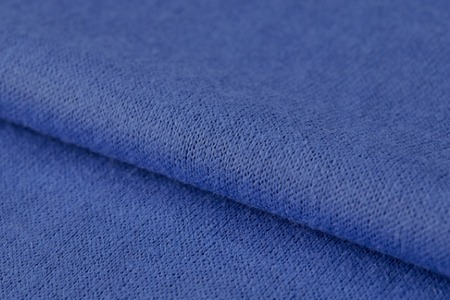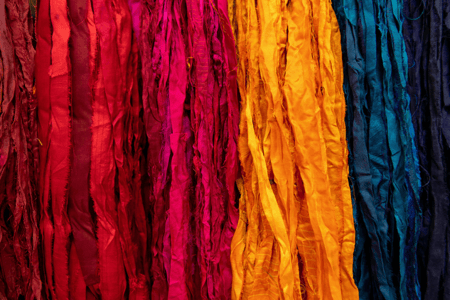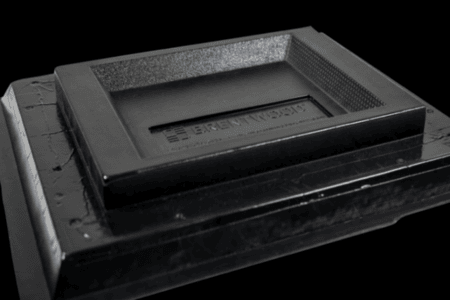
University of Manchester constructs molecularly woven 2D fabric
YarnsandFibers News Bureau 2020-12-21 14:01:13 – United KingdomThe research team in David A. Leigh’s lab at the University of Manchester have developed the first 2D fabric made from molecules woven together. The molecular fabric is capable of separating large ions from smaller ones. The unique properties make the fabric versatile and can be useful for other applications. The woven material is twice as stiff as the unwoven linear polymer and is made from well-defined lines, just like a textile.
Leigh stated that knotting and wearing have always had a great technological impact on humans. Leigh added that invention of knots and weaves helped humans create weapons, tools, nets, and cloth. He aims to prove the same for molecular structures.
To create the core of a particular molecular knot, Leigh and coworkers started with iron ions and tetrafluoroborate anions, which serve as templates to create a grid made from six entwined compounds. The team tied things up using olefin metathesis to covalently link the grid’s dangling ends.
In the course of the project, the grids crystallized in layers, where each grid was like a black square in a chessboard. The suspended ends could reach from square to square but not from layer to layer, which made the chemists realize they could make single layers of woven molecular fabric by linking the dangling ends from one grid to four others through disulfide bonds.
They had made 3D structures before this and this was the first woven 2-D material they created. The fabric is only 4 nm thick, even though its area measures hundreds of µm across. Leigh’s group makes the ultrathin, macroscopic films using robust and simple assembly conditions.
Dieter Schlüter, an expert in novel macromolecular structures at the Swiss Federal Institute of Technology (ETH) Zurich, stated that their work showed how an intelligent combination of organic and polymer chemistry with supramolecular chemistry results in an impressive step towards conquering literally a new dimension for synthetic chemistry.
Market Intelligence
Ask for free sample Report

experience
Customer Base
dedicated team
Countries Served Worldwide









